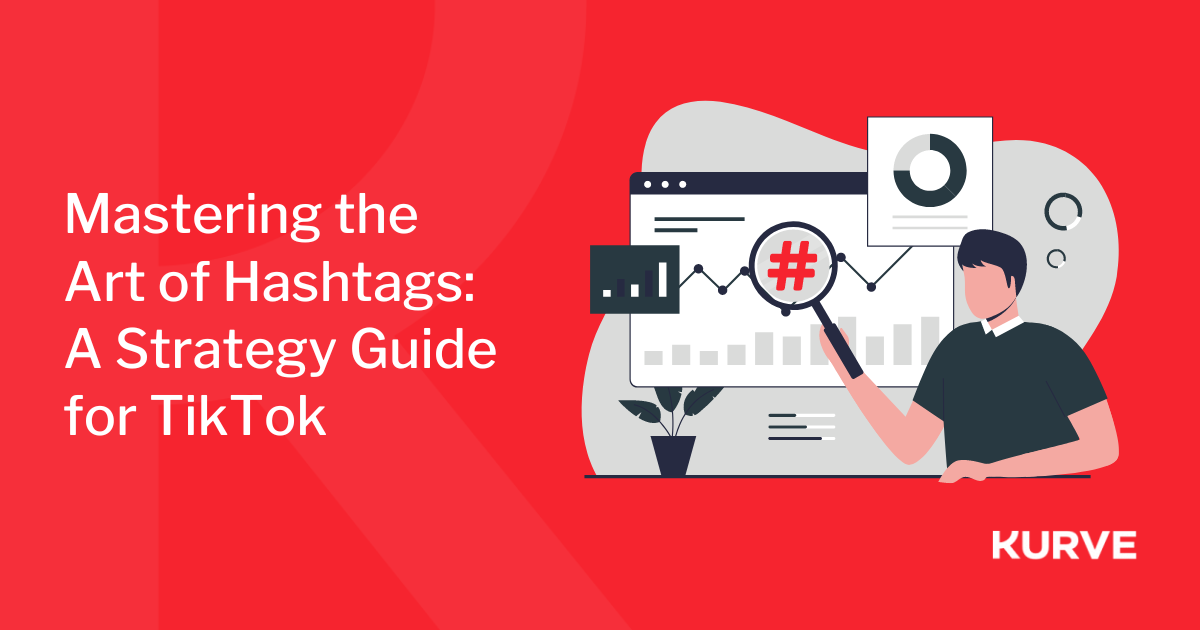What is a Journalistic Approach to Content Marketing?
Journalists are experts at understanding prevalent issues and themes, and tackling real issues for the interest of their readers, viewers, or listeners. Content marketers can learn a lesson or two from their approach, and this article will outline how.
What can you expect from this article?
-
Digging up competitor and audience information
-
Content creation - Documentary films and interviews
-
Storytelling and original studies
The improvements in branded content have been huge in recent years. As businesses recognise the importance of high-quality online storytelling, traditional journalists are finding their role merging with that of the content marketer. There’s a tension there, for sure.
However, what we’re seeing is new opportunities for a journalistic approach to influence the practices of those previously engaged in what was called “SEO content”. For brands in the post-digital age, this type of content no longer functions for search engine purposes, and certainly doesn’t function for the users that read it (the two are linked!). There is a better way.
Research
There’s no point conducting research unless it’s thorough. This is a journalist’s mantra, and one that’ll not only enhance their output but ensure they’re not on the end of any unwelcome surprises. Marketers also benefit from research, by developing an understanding of their competitors, their audience, and the wider marketplace.
But how can marketers use journalistic techniques to improve their research stage?
Digging
Let’s get this clear; phone hacking is an absolute no-no! Since the dawn of news, tabloid journalists have developed quite the reputation for digging up the dirt to get a good story, and there are many examples of less-than-ethical behaviour, to say the least. This isn’t what I’m suggesting here, but it certainly does help to have a ruthless streak when acquiring information that’ll help your brand grow.
Hidden amongst the dark corners of the web are clues about your competitors and their practices, their clients, and their employees. These exist on social profiles, case study reports, and elsewhere. Get into the nitty-gritty beyond Google’s first page, and see what you can unearth about those challenging for your market share.
Takeaway:
Go deep in your investigations. Download a free trial of your competitor’s product, complain to their customer service team, test their response times on social, and pose as a lead to ask them about future products and services. It’s a ruthless mindset, sure, but business can be like that sometimes.
Interviews
As we’ll read later, interviews form a key part of journalism, and always have done. For content creation, they’re a superb route to unique and compelling output. For the research stage, interviews can also be incredibly useful in gleaning honest and first-hand information about your brand, its products, and the marketplace in which you operate.
For B2B organisations with fewer clients, it’s often useful to have a frank conversation with existing contacts, but also leads that didn’t convert. It’s this openness to feedback that’ll help you learn and grow. For B2B, it might be more useful to run focus groups, compensated for their time beforehand so as to elicit the most genuine interaction possible.
Takeaway:
Listening to your customers is essential in understanding their hopes, dreams, wishes, and concerns. By interviewing them directly, you not only prepare your business to address these issues, but provide ammunition for future content themes.
Content creation and publication
Content marketers have struggled to escape the shackles of sales-led branded content for some years, but businesses are beginning to see the benefits of a more relaxed approach to what they publish.
A journalistic approach to content marketing includes publishing genuinely compelling stuff that hooks the reader or viewer into a story, and keeps them coming back for more.
Documentary films
Content should be designed to fulfil a function; to educate, entertain, persuade, or sell. Documentaries fall very much into the educate or entertain categories. With attention turning towards web video as a key channel, creating an in-depth documentary film is an admirable endeavour, and one that’ll capture the imagination of your audience if done right.
Takeaway:
Find a topic in your industry that’s compelling, and go out there to find answers to the issues at hand. This should not be an advert for your business, it should be a detailed look at pertinent issues, which has been made possible by your investment.
For example, Illy created a hard-hitting documentary called A Small Section of the World, which told the story of women in Costa Rica who sparked a coffee growing revolution. Clothing brand Patagonia also funded a documentary about the impact of outdated dams, called DamNation. Both of these films are pertinent to the brand’s audience, but they retain integrity due to the lack of self-promotion, thereby associating the brand with a good cause.
Interviews
Interviews are a staple part of any journalist’s life, and the reason is because they bring up dynamic and unexpected quotes, direct insights, and fascinating stories. Everybody loves to hear a first-hand account and witness a relationship dynamic between interviewer and interviewee, whether it be through text, audio, video, or a combination of all the above.
The chances are that your brand is not the only authority on a topic. Inevitably, there’ll be other influencers in your arena that have interesting things to say. Furthermore, your audience is interested in multiple facets of life; not just the field you operate in.
By associating your brand with other interests, you build up trust. Red Bull do this exceptionally well by aligning themselves with extreme sports and new music. They interview bands and artists, sponsor events, and fund sports teams.
Takeaway:
Interviews can be video, audio, or text-based. If an interview is visual or audio, always transcribe it and upload to your website for Google’s spiders to crawl. Try to find interviewees that are not direct competitors, but have useful insights on interests that your audience follows.
Ask tough questions; going too lightweight will render the interview uninteresting.
Storytelling
What is the enduring success of crystallising a brand’s identity? That it appeals to the inner emotions of the consumer. Compelling content tells a real story that a consumer identifies with. It makes them feel seen and heard, and stirs them to respond; it is a call to action, a mission, a quest.
People need to feel useful and engaged, but more fundamentally they need to feel.
A journalistic approach to content marketing gives people what they want by recognising this need, and capitalising on it without cynicism. It doesn’t dredge for customers in an anonymous ocean of information, but rather seeks to identify who consumers are and what they want by identifying their unique values.
Takeaway:
Content should elicit anticipation and curiosity, and it should provide significance and social proof to its reader or viewer. Storytelling is about taking the audience on a journey of discovery, aligned with common themes and timely news.
Studies
Newspapers and magazines regularly reach out to their audience to complete surveys and questionnaires, in order to publish unique research. Alternatively, these publishers often commission specialist research companies to conduct the studies independently, pooling their respondents from various sections of society.
For brands, this can be an excellent way of hacking the news itself! Compelling survey results are newsworthy, and if the research is sound, you could find yourself with national coverage, plus all the backlinks and PR that goes with it. Property companies such as RightMove and Zoopla do this very well, focusing their research on the housing market.
Takeaway: Surveys and questionnaires can be easily created using tools like SurveyMonkey, and by promoting them on paid social media platforms and incentivising participation, you can easily acquire enough data for meaningful results.
Summary
Journalists won’t like the explicit merging of their practices with those of content marketers, but in fact it’s about cutting out the noise and delivering great articles, interviews, videos, and stories to people that genuinely want them. There’s nowhere to hide for content marketers, and it’s time to start raising the bar.
With so much noise out there, it can be tough to compete. Thanks to Google’s regular algorithm updates, quality is beginning to shine through. With social signals providing more weight than ever to SERPs, it’s more essential than ever for brands to take a look at what they’re publishing and ask if it meets journalistic standards.
When taking a journalistic approach to content marketing, integrity is key. Smoke and mirrors is not appreciated, and thinly-veiled adverts won’t get you very far. The fine-minded folks at Columbia University, in their Interviewing Principles, point out that a good journalistic approach;
-
Gathers information to explain an idea, and...
-
Focuses on the individual...(great content) makes both the brand and the consumer individual
In identifying our individuality, journalistic content marketing successfully hits the sweet spot. It unifies the client and the consumer with one simple, powerful principle; that we are all only human, after all.


